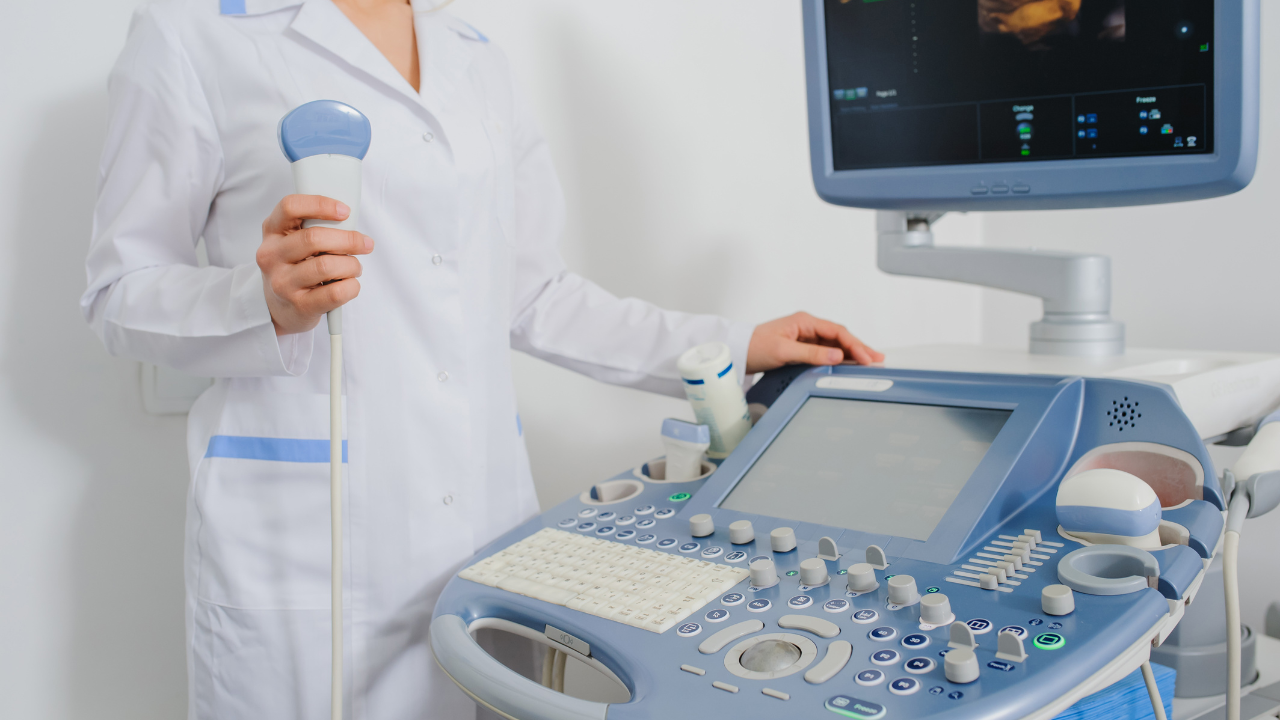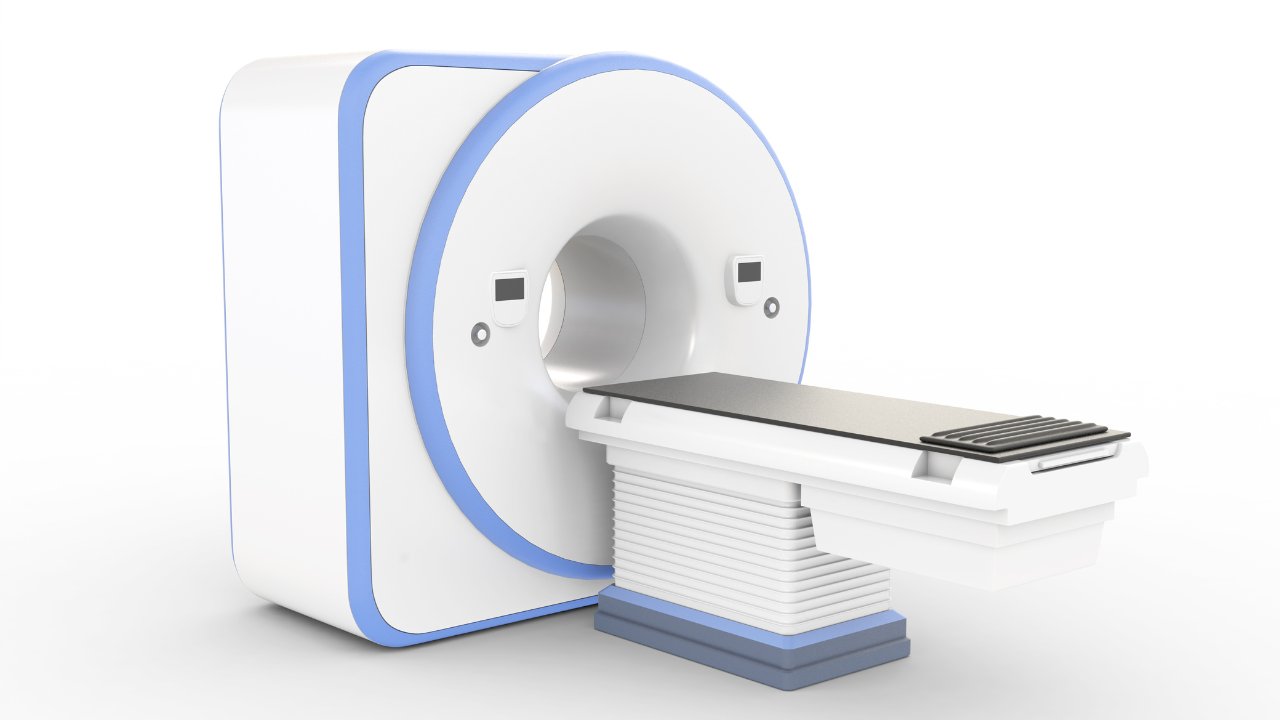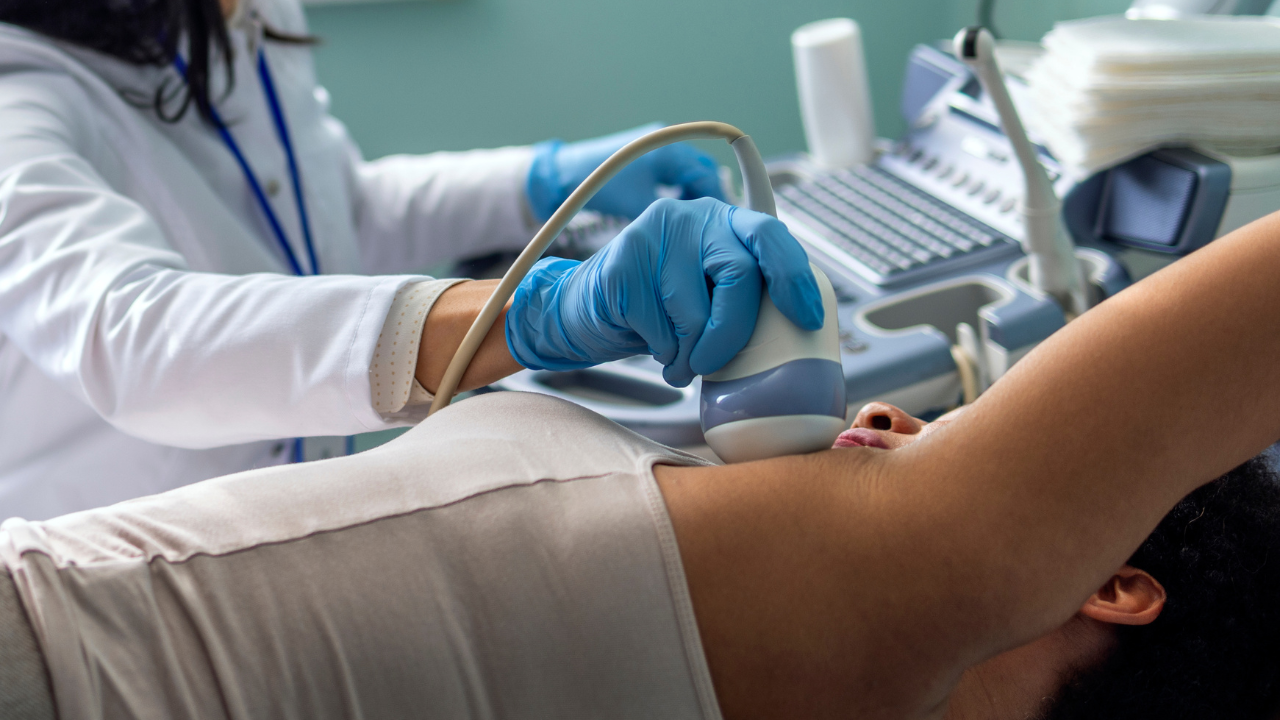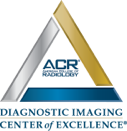Blog and News
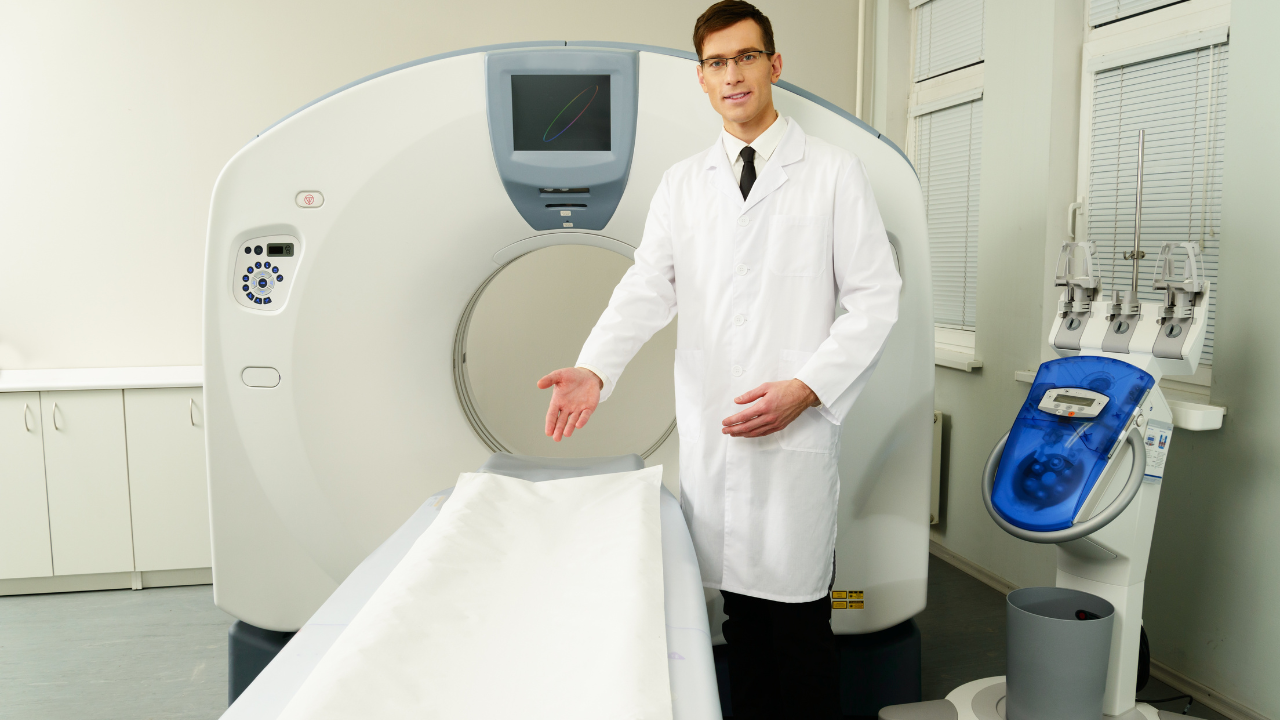
To successfully implement CT protocols in medical imaging, start by defining your clinical objectives tailored to specific medical conditions and patient demographics. You'll need to consult best practices and regularly update your protocols to ensure they meet current guidelines. Customization is key —adjust protocols for different age groups, genders, and ethnicities, validating these with radiologists to enhance accuracy and efficiency. Implement the protocols gradually, measuring initial performance and gathering feedback for improvements. Continuous staff training on these protocols is crucial, as is ongoing compliance monitoring through regular audits and feedback analysis. Exploring further could uncover deeper insights into optimizing these steps.
Listen to the Article
Key Takeaways
- Define and customize clinical protocols based on patient demographics and medical conditions.
- Gradually implement protocols, measuring baseline performance and making adjustments.
- Train staff thoroughly on new protocols and safety standards, ensuring compliance.
- Utilize both quantitative and qualitative data to refine protocols and improve diagnostic quality.
- Conduct regular audits and gather feedback to monitor compliance and effectiveness.
Define Clinical Objectives
Before implementing CT protocols, you must clearly define your clinical objectives to ensure they align with patient care goals and diagnostic requirements. This foundational step is crucial in tailoring imaging protocols to meet specific clinical needs, thereby enhancing both the efficiency and effectiveness of patient diagnostics.
First, you need to identify the primary medical conditions that your facility frequently encounters. This assessment helps in focusing your protocol development on the most prevalent health issues, making your imaging processes more targeted and relevant.
Next, consider the typical patient demographics your facility serves. Different age groups, for example, may require adjustments in radiation doses or variations in imaging techniques to optimize outcomes and minimize risks.
You also need to factor in the capabilities of your CT equipment. Different machines have varied functionalities; ensuring that your objectives are achievable with the available technology is key. This might involve consulting with equipment manufacturers or technical specialists to fully understand the potential and limitations of your hardware.
Lastly, engage with the medical staff who'll be utilizing these protocols. Their insights into practical challenges and specific patient needs are invaluable in refining your objectives. This collaborative approach not only boosts the applicability of your protocols but also fosters a team-oriented atmosphere in patient care.
Review Best Practices
Reviewing best practices in CT protocol implementation, you'll enhance diagnostic accuracy and patient safety by adopting industry-standard procedures. First, ensure your team adheres to the established guidelines from the American College of Radiology (ACR). These guidelines help you maintain high-quality images while minimizing radiation exposure, crucial for patient safety.
You must also regularly update your protocols based on the latest research and technological advancements. This involves participating in continuous professional development and subscribing to relevant medical imaging journals. Engaging in peer discussions through forums or attending conferences can also provide insights into how other facilities manage similar challenges.
Moreover, implement regular maintenance checks and calibrations of your CT equipment. This isn't just about compliance with safety standards; it's about ensuring that every scan is as accurate as possible. Faulty equipment can lead to misdiagnoses, which directly impacts patient care.
Lastly, routine audits of your CT protocols are essential. These audits help you identify and rectify any deviations from the set standards before they affect patient outcomes. By systematically reviewing and refining your processes, you're not only upholding best practices but also fostering a culture of excellence within your team that directly benefits the patients you serve.
Customize for Patient Demographics
As you incorporate CT protocols, it's crucial to tailor them based on patient demographics to enhance diagnostic accuracy and safety.
You'll need to adjust settings for different age groups, acknowledging that children require lower doses than adults.
Additionally, consider variations for gender and ethnicity, as these factors can influence both the risk of radiation exposure and the subtleties in anatomical structures.
Age-Specific Adjustment Necessities
Adjusting CT protocols based on age is crucial to optimize imaging effectiveness and minimize radiation exposure for different patient demographics. You'll need to tailor parameters specifically for pediatric patients, who are more sensitive to radiation than adults. Lowering the dose, while ensuring diagnostic quality isn't compromised, is key.
For elderly patients, consider their potential for greater tissue sensitivity and co-existing conditions that might affect image interpretation. Implementing age-adaptive strategies involves adjusting the kilovoltage (kV) and milliamperage seconds (mAs) according to the patient's size and clinical indication.
You're also tasked with continuously updating these protocols based on the latest research and guidelines to ensure safety and efficacy. This approach not only enhances diagnostic accuracy but also underscores your commitment to patient-centered care.
Gender Considerations in Imaging
While considering CT protocols, it's essential to factor in gender-specific anatomical and physiological differences that can impact diagnostic clarity and accuracy. You'll find that men and women present distinct challenges due to variations in body composition, organ size, and hormonal influences.
It's crucial to tailor your imaging procedures to address these differences effectively. For instance, radiation exposure levels may need adjustment to optimize image quality while minimizing risk, particularly in sensitive areas such as breast tissue in women.
Moreover, your approach to interpreting scans should incorporate an understanding of gender-specific health issues, like prostate enlargement in men or ovarian cysts in women, which could influence diagnostic outcomes.
Ethnicity-Related Protocol Variations
Customizing CT protocols for patient demographics requires understanding the unique challenges posed by ethnic variations in anatomy and physiology. When you're tailoring protocols, consider these critical elements:
- Bone Density Variations: Different ethnic groups may exhibit variations in bone density, affecting image quality and necessitating adjustments in scan parameters to optimize clarity.
- Fat Distribution Patterns: Adjust protocols based on typical fat distribution patterns, which can vary significantly across ethnicities, influencing both the approach to scanning and the interpretation of images.
- Contrast Medium Dosage: Tailor contrast medium dosage appropriately, as certain ethnic groups may have varying sensitivities or predispositions to reactions.
- Disease Prevalence: Understanding prevalent diseases within ethnic groups helps in customizing protocols to better identify early signs of pathology.
Validate With Radiologists
As you integrate new CT protocols, it's crucial to engage radiologists in the approval process to ensure the modifications meet clinical standards.
You'll need to assess how these changes enhance clinical accuracy, focusing on diagnostic precision and patient outcomes.
Additionally, analyzing the efficiency of the protocol will help determine if the adaptations optimize workflow and resource use in your facility.
Radiologist Approval Process
Before implementing any CT protocols, you must secure approval from a board-certified radiologist to ensure adherence to clinical standards and patient safety. This is crucial to ensure that the protocols you're planning to use aren't only technically sound but also optimized for patient care.
Here's how to effectively navigate the approval process:
- Protocol Submission: Present the proposed CT protocols with comprehensive documentation, including technical specifications, intended use, and preliminary safety assessments.
- Review Meetings: Schedule sessions where radiologists can review the protocols and provide feedback based on their clinical expertise.
- Revision Cycle: Incorporate the radiologists' feedback and adjust the protocols accordingly.
- Final Approval: Obtain a signed endorsement from the lead radiologist affirming that the protocols meet all required clinical and safety standards.
Clinical Accuracy Enhancement
Once you've secured radiologist approval for your CT protocols, your next step is to validate these protocols to enhance clinical accuracy. You'll need to collaborate closely with radiologists to conduct thorough tests using the new protocols on a variety of cases. You're aiming to ensure that each protocol provides clear, precise imaging results that can be reliably interpreted.
Focus on collecting detailed feedback from the radiologists about the image quality and the diagnostic relevance of each scan. It's crucial to identify any issues that could impair clinical decision-making. Adjustments may be necessary to refine image clarity or contrast levels.
Protocol Efficiency Analysis
To validate the efficiency of new CT protocols, collaborate with radiologists to analyze throughput and turnaround times, ensuring that these enhancements don't compromise diagnostic quality.
Here's a numeric list of critical steps to follow:
- Measure Baseline Performance: Collect and review existing data on scan times and patient throughput to establish a clear baseline before implementing new protocols.
- Implement Protocols: Gradually introduce new CT protocols in a controlled environment to monitor their impact meticulously.
- Gather Feedback: Regularly consult with radiologists and technicians to obtain feedback on the workflow and diagnostic clarity of the new protocols.
- Analyze Data: Use statistical tools to compare the new data with baseline metrics to ascertain any significant improvements or required adjustments in protocol efficiency.
Document Procedures
You must meticulously document all CT protocol procedures to ensure compliance and accuracy in medical imaging. Each protocol, once developed or revised, should be recorded in a standardized format. This documentation should include the protocol's purpose, specific settings, and parameters such as voltage, current, and scanning sequence. It's critical to also outline the justification for each parameter choice based on the latest evidence and patient safety considerations.
Your documentation must be accessible and organized in a way that supports quick reference and easy updates. Consider using a digital management system where protocols can be sorted by type, indication, or patient demographics. This system should ensure that any modifications to protocols are tracked with a timestamp and the identity of the person making the changes.
Furthermore, include a section for potential contraindications and guidelines for when an alternative protocol should be considered. This approach not only enhances patient care but also supports legal and regulatory compliance, demonstrating a commitment to maintaining high standards in your practice.
Train Staff on Protocols
Training your staff thoroughly on CT protocols is essential for ensuring consistent, high-quality medical imaging outcomes. As you implement these protocols, focus on the precision and clarity of each step, catering to the needs of those you're serving. Equip your team with the knowledge and tools to perform their roles effectively, enhancing patient care and operational efficiency.
Here's how you can structure the training:
- Comprehensive Orientation: Begin with a detailed overview of the CT protocols, including the purpose of each protocol and its impact on patient outcomes. Highlight the safety standards and the importance of accuracy in imaging procedures.
- Hands-On Training: Provide practical, hands-on sessions where staff can engage with the technology under the guidance of experienced technicians. This approach helps in translating theoretical knowledge into practical skills.
- Regular Assessments: Conduct periodic assessments to evaluate understanding and proficiency. These assessments help in identifying knowledge gaps and provide a feedback mechanism to improve skills continuously.
- Advanced Workshops: Offer advanced workshops that cover updates in CT technology, emerging trends, and new protocols. These sessions ensure that your team stays current with the advancements in medical imaging technology.
Monitor Compliance
After equipping your staff with the necessary training on CT protocols, it's important to regularly monitor compliance to maintain high standards of patient care and imaging accuracy. You'll need to establish a clear and systematic approach to assess whether CT protocols are followed meticulously.
Firstly, implement routine audits of imaging procedures. This involves reviewing a selection of scans and associated records to ensure protocol adherence. You're not just checking for the correctness of imaging parameters; you're also ensuring that modifications made to accommodate specific patient conditions are justified and documented.
Secondly, consider the use of real-time monitoring tools. These systems can provide immediate feedback on protocol compliance during the imaging process. By integrating software that tracks deviations from established protocols, you can address discrepancies almost as soon as they occur.
You should also organize regular compliance meetings with your imaging team. These discussions are crucial for reinforcing the importance of following protocols and for addressing any common compliance issues identified during audits or through monitoring systems.
Adjust for Feedback
Once feedback is received, promptly incorporate it to refine CT protocols, ensuring they remain effective and up-to-date. This step is crucial in enhancing patient care and optimizing the use of technology. By adjusting protocols based on direct feedback, you're actively participating in a cycle of continuous improvement that benefits patients and healthcare providers alike.
Consider the following steps to effectively adjust for feedback:
- Review Feedback Systematically: Gather feedback from a variety of sources including radiologists, technicians, and patients to ensure comprehensive insights. This broad spectrum of feedback can highlight different aspects of the CT protocols from operational efficiency to patient comfort.
- Prioritize Changes: Not all feedback will require immediate action. Prioritize modifications based on their potential impact on patient safety and diagnostic accuracy. Urgent safety concerns should be addressed as a priority.
- Implement Changes: Once priorities are set, implement the changes in the CT protocols. Ensure that all relevant staff are trained on the new protocols to maintain consistency and quality of care.
- Document Adjustments: Keep a detailed record of the feedback and the adjustments made. This documentation will be vital for future reference and can aid in tracking the effectiveness of the changes made.
Audit Outcomes
Regularly auditing outcomes is essential to evaluate the effectiveness of updated CT protocols in real-world settings. You'll need to systematically gather and analyze data related to diagnostic accuracy, radiation exposure levels, and patient outcomes. This process helps ensure that the changes you've implemented are delivering the intended benefits and maintaining patient safety.
Start by establishing clear, measurable benchmarks prior to the implementation of new protocols. These benchmarks might include specific targets for reducing radiation dose while preserving image quality, or enhancing the diagnostic accuracy for certain conditions. Collecting baseline data before changes are made provides a reference point against which you can measure progress.
Once new protocols are in operation, conduct initial audits within a few months to assess early outcomes. This early review allows you to identify any immediate issues or areas for adjustment. Continue with regular intervals—annually is typical—to track ongoing performance and trends.
Use a structured framework for your audits, incorporating both quantitative and qualitative data. Quantitative data might include statistics on scan times, radiation doses, and diagnostic accuracy rates, while qualitative data could involve feedback from radiologists and patients regarding their satisfaction with the imaging process.
Frequently Asked Questions
How Do CT Protocols Impact Patient Radiation Exposure?
CT protocols directly affect your patient's radiation exposure by optimizing scan parameters to minimize dose while ensuring diagnostic quality. It's vital you tailor these to each patient's needs to enhance safety and effectiveness.
What Are Common Errors in CT Protocol Implementation?
Common errors in CT protocol implementation include incorrect parameter settings, inadequate training for staff, and failure to customize protocols based on patient size, potentially increasing radiation exposure and compromising diagnostic accuracy. Stay vigilant!
Can CT Protocols Reduce Imaging Costs?
Yes, implementing standardized CT protocols can reduce imaging costs by up to 30%, ensuring efficient use of resources and minimizing unnecessary scans. This approach also enhances patient care by providing consistent, high-quality images.
How Often Should CT Equipment Be Upgraded?
You should upgrade CT equipment every 5-7 years to ensure optimal performance and adherence to the latest safety standards, thus providing the best care and diagnostic accuracy for your patients.
What Are the Legal Implications of Incorrect CT Protocol Use?
You're navigating a minefield! Incorrect CT protocol use can lead to severe legal consequences, including malpractice lawsuits. It's crucial to adhere strictly to guidelines and continuously educate your team on protocol updates.
Services
Contact Details
Address: 1971 Gowdey Road,
Naperville, IL 60563
Phone: 630-416-1300
Fax:
630-416-1511
Email: info@foxvalleyimaging.com
© Copyright 2023 Fox Valley Imaging, Inc..



